Dill seeds aren't just for pickling—they're a versatile kitchen essential that can transform everyday meals. For home cooks wondering how much to use, what dishes work best, and how they differ from fresh dill, here's what you need to know: Use 1 teaspoon of dill seeds per pound of vegetables for balanced flavor, ¼ teaspoon per loaf of bread, and ½ teaspoon per cup of dressing. Unlike fresh dill (which loses potency when cooked), dill seeds maintain their earthy-citrus flavor through baking and simmering. This guide delivers precise measurements, substitution ratios, and immediate applications you can use tonight—no culinary degree required.
Top Practical Uses for Dill Seeds (With Exact Measurements)
- Pickling Standard: 1 teaspoon dill seeds + ½ teaspoon black peppercorns per quart of brine. Add grape leaves for crunch retention.
- Bread Enhancement: ¼ teaspoon per loaf in rye or focaccia dough. Pair with ⅛ teaspoon caraway for authentic flavor.
- Protein Marinades: Combine ½ teaspoon crushed seeds with 1 tablespoon lemon zest per pound of chicken or fish.
- Vegetable Roasting: Toss ½ teaspoon with 1 pound root vegetables and 1 tablespoon oil before roasting.
- Dressing Base: Whisk ½ teaspoon (lightly crushed) into ¼ cup vinaigrette for herbaceous depth.
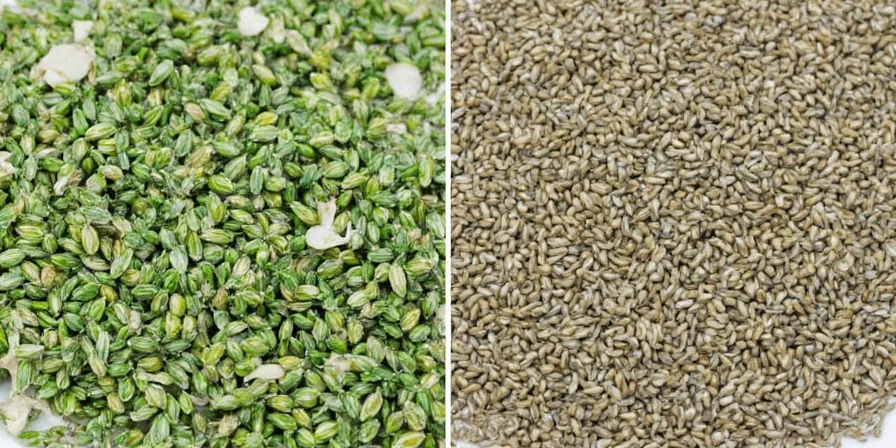
Dill Seeds vs Fresh Dill: Critical Differences You Need to Know
Dill seeds and fresh dill aren't interchangeable. Seeds deliver concentrated earthy-citrus notes that withstand cooking, while fresh dill provides bright top notes best added at the end. For substitutions: 1 teaspoon dill seeds = 1 tablespoon fresh dill in cooked dishes, but never use fresh dill in pickling recipes where heat stability matters. Seeds retain potency for 12-18 months when stored properly; fresh dill wilts within days.
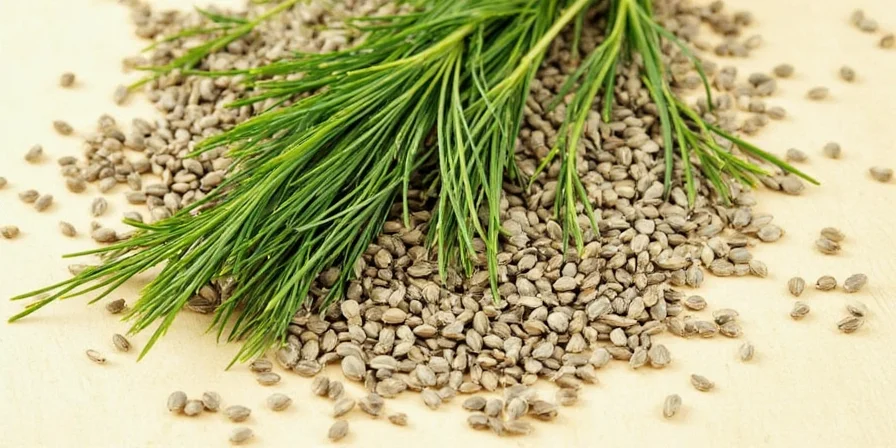
Storage & Freshness Checklist
- Test freshness: Rub seeds between fingers. No aroma = replace immediately.
- Whole seeds: Store in amber glass jar away from light (12-18 month shelf life).
- Ground seeds: Discard after 3 months—they lose 40% potency.
- Toasting rule: Dry-toast 60 seconds max over medium-low heat to activate flavors.
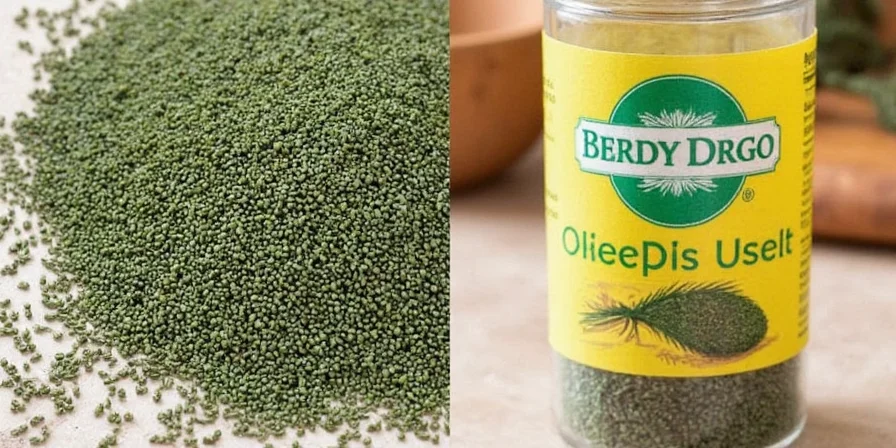
Spice Comparison Chart: When to Use What
| Spice | Best For | Measurement Guide | Key Mistake to Avoid |
|---|---|---|---|
| Dill Seeds | Pickling, breads, roasted vegetables | 1 tsp per pound vegetables | Adding late in cooking—temper in oil first |
| Fresh Dill | Dressings, cold soups, fish topping | 1 tbsp per serving | Using in pickling—loses flavor in brine |
| Fennel Seeds | Sausages, tomato sauces | ½ tsp per pound meat | Confusing with dill—licorice flavor differs |
| Caraway | Rye bread, cabbage dishes | ¼ tsp per loaf | Overpowering dishes—use sparingly |
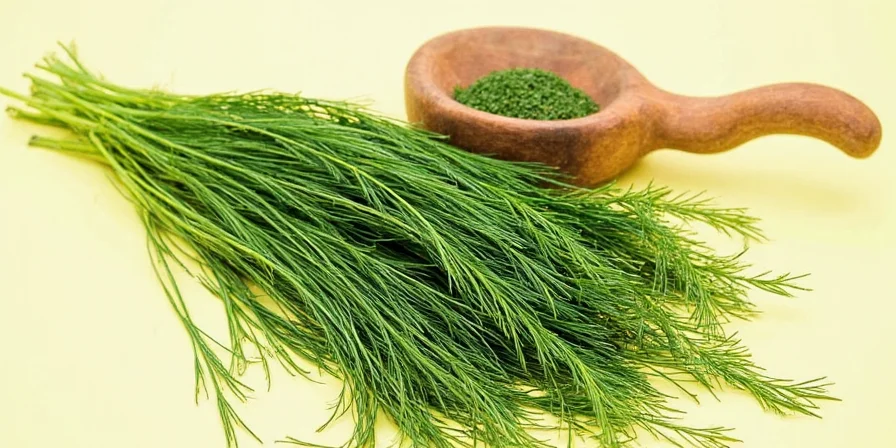
Immediate Fixes for Common Dill Seed Problems
Stop these mistakes ruining your dishes:
- Bitterness fix: If you added too much, balance with 1 tsp honey or sugar per cup of liquid.
- Crunchy seed solution: Strain seeds after 10 minutes of simmering, or grind finely before adding.
- Flavor activation: Always bloom seeds in 1 tbsp hot oil for 30 seconds before adding other ingredients.
- Substitution emergency: No dill seeds? Use ¾ tsp fennel seeds + pinch of celery seed per teaspoon needed.
Global Applications You Can Try Tonight
Move beyond pickling with these accessible techniques:
- Scandinavian potato salad: Mix ½ tsp seeds into 2 lbs boiled potatoes with sour cream.
- Indian dal boost: Temper ¼ tsp seeds in oil before adding lentils for earthy complexity.
- Mediterranean oil infusion: Steep 1 tsp seeds in ½ cup olive oil for 24 hours for versatile finishing oil.
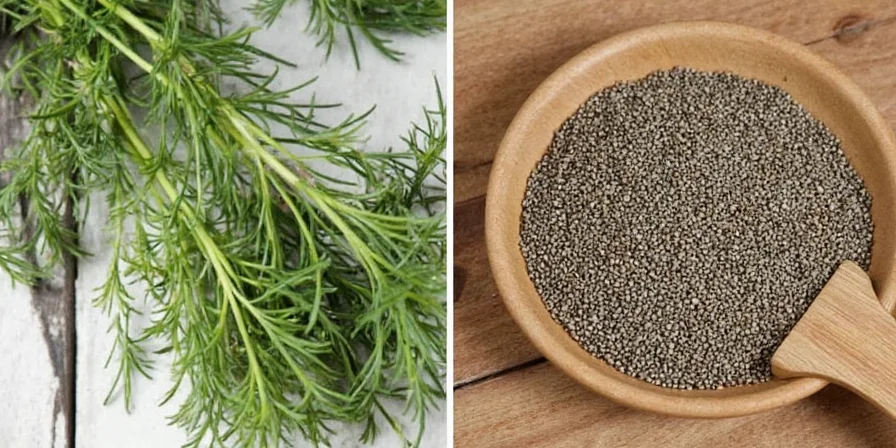
Frequently Asked Questions (Answered Concisely)
How much dill seed equals fresh dill?
Use 1 teaspoon dill seeds for every 1 tablespoon fresh dill in cooked dishes. Never substitute 1:1—they have different flavor concentrations.
Why do my pickles lack crunch?
You're missing the critical step: add grape leaves (rich in tannins) to your jar. Use 1 leaf per quart along with 1 tsp dill seeds.
Can I use dill seeds in baking?
Yes—they shine in savory baked goods. Add ¼ tsp per loaf to focaccia or rye bread. Avoid sweet baked goods as seeds clash with sugar.
What's the fastest way to use stale dill seeds?
Dry-toast them 30 seconds in a skillet. This temporarily revives 60% of lost flavor—enough for one use.











 浙公网安备
33010002000092号
浙公网安备
33010002000092号 浙B2-20120091-4
浙B2-20120091-4